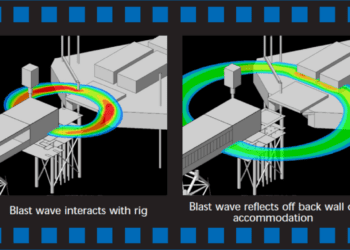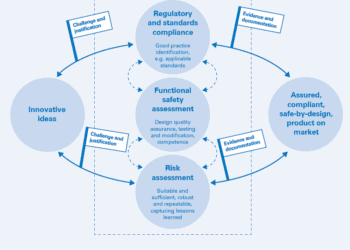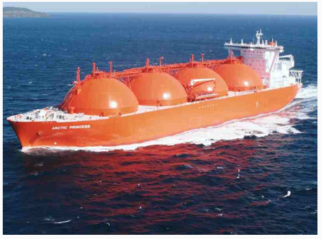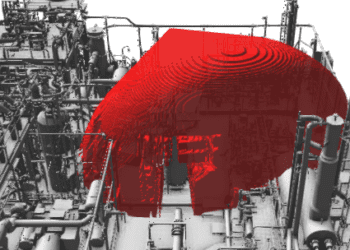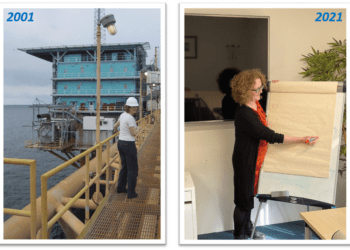Hydrogen future: safety assessment of hydrogen facilities

Hydrogen is increasingly being used as a transport fuel in Fuel Cell Electrical Vehicles (FCEVs) thanks to its environmentally friendly nature and its growing availability from water electrolysis or steam reforming.
Risktec has supported a range of projects around the globe related to operation of FCEVs and the accompanying infrastructure, including commercial FCEVs, refuelling stations, hydrogen transportation, and heavy-duty vehicle refuelling protocols.
REGULATORY REQUIREMENTS
A range of regulations, codes and standards have been established through years of hydrogen use in industrial applications. However, the generation of appropriate regulations, codes and standards for the commercialisation of alternative fuel vehicle technologies remains ongoing.
The Hydrogen and Fuel Cells Codes and Standards Matrix, maintained by the Fuel Cell and Hydrogen Energy Association, is an up-to-date directory of all codes and standards worldwide dealing with hydrogen, fuel cells and fuel-cell-related issues.
By way of an example, the regulatory requirements in the UK and US are based on threshold quantities of hydrogen, whereby a facility could fall within Control of Major Accident Hazards (COMAH) or OSHA Process Safety Management (PSM) regulatory requirements respectively.
HAZARD IDENTIFICATION & ASSESSMENT
For a facility of any size, a key requirement, both operationally and legally, is to identify and assess the associated hazards. For this, methods such as HAZIDs, HAZOPs and DSEAR assessments can be used to analyse various aspects of a site’s design and operation.
Hazard Identification (HAZID) studies allow a broad assessment of the hazards associated with the operations of the site, whilst Hazard and Operability (HAZOP) studies provide an in-depth and systematic assessment of the design and operation of the process and plant.
DSEAR (Dangerous Substances and Explosive Atmospheres Regulations) assessments review the measures in place to control dangerous substances on site and prevent the generation and ignition of flammable gases.
Due to the often high pressure nature at which hydrogen is stored and dispensed, the consequences of potential releases can be widespread and severe, so characterising the consequences is crucial.
CFD MODELLING
CFD modelling can provide useful insights into the potential consequences of gas releases, including dispersion, fires and explosions. Experimental work to validate such modelling has focused primarily on hydrocarbon-based releases in recent years. The advancement of fuel cell technology is now bringing similar interest in hydrogen, with projects such as SUSANA (SUpport to SAfety ANalysis of Hydrogen and Fuel Cell Technologies) aiming to support and develop all aspects of using CFD modelling for hydrogen.
KEY CONSIDERATIONS
Whilst hazard identification and assessment studies may employ similar methods to other industries that handle flammable fluids, there are some key considerations which are specific to hydrogen:
- Hydrogen leaks more readily from seals and joints due to its small molecular size, requiring the use of specialist piping rated for hydrogen use.
- A lack of odour or taste to hydrogen makes its release far harder to detect than other gases.
- Hydrogen will usually disperse rapidly and directly upwards due to the low molecular weight of the gas, which must be considered in the design of any enclosed areas and positioning of hydrogen detectors.
- Hydrogen gas is highly flammable with a flammable range of between 4 and 75% concentration in air.
- Hydrogen, when ignited, burns with a flame that is invisible to the human eye, making a fire hard to identify.
EMERGENCY RESPONSE
The specific nature of hydrogen must also be considered when defining an emergency response plan. The plan must detail the actions to be taken in an emergency scenario not only for site staff, but also attending emergency services and any attending members of the public.
CONCLUSION
Although specific standards for the design and operation of hydrogen facilities are largely still in development, assessment of the key hazards and development of site documentation can be carried out using similar methods to other hazardous industries, augmented by hydrogen-specific safety assessment.

This article was recently updated in April 2022.
The original article first appeared in RISKworld issue 30

